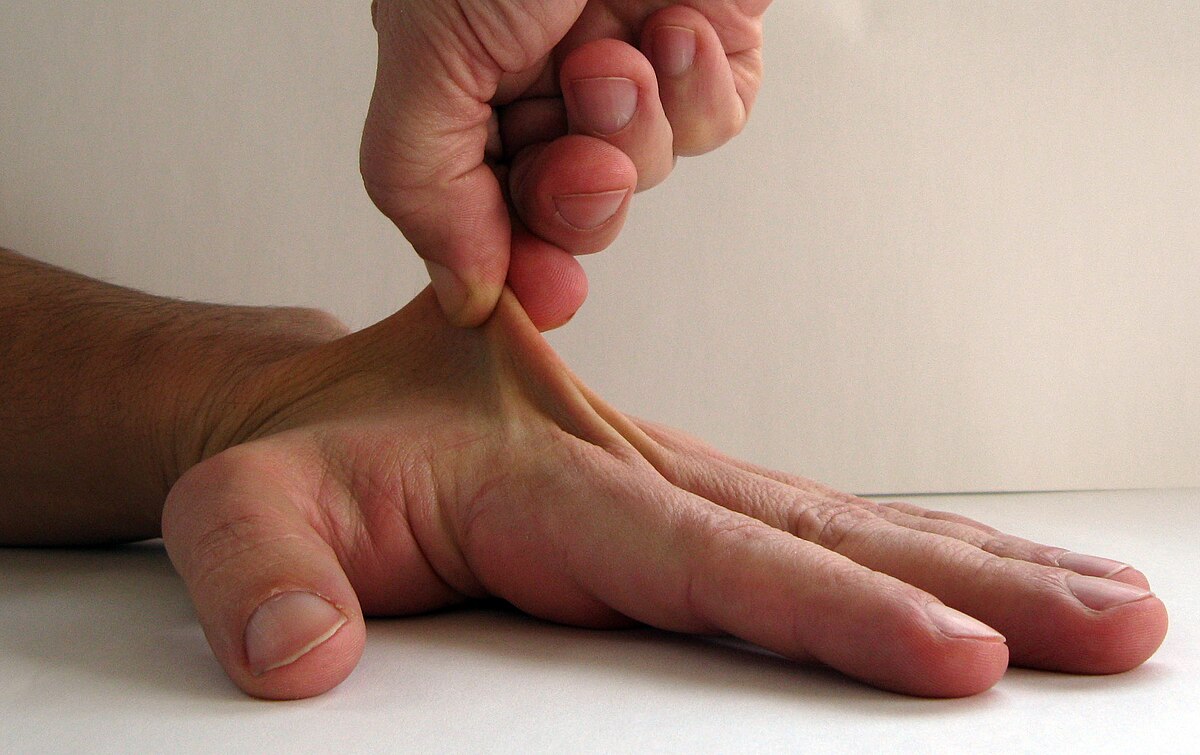
Sack-Barabas Syndrome might sound like a mysterious term, but it's a rare genetic disorder with significant impacts on those affected. Characterized by connective tissue abnormalities, this condition can lead to various complications, including fragile skin, easy bruising, and joint hypermobility. Named after the researchers who first described it, Sack-Barabas Syndrome is part of a group of disorders known as Ehlers-Danlos Syndromes (EDS). Understanding the symptoms, causes, and management strategies is crucial for patients and caregivers. This blog post will provide 30 essential facts about Sack-Barabas Syndrome, helping you grasp the key aspects of this rare condition. Whether you're a patient, a caregiver, or just curious, these facts will offer valuable insights into the challenges and realities of living with Sack-Barabas Syndrome.
Key Takeaways:
- Sack-Barabas Syndrome is a rare genetic disorder affecting connective tissues, leading to thin, translucent skin, easy bruising, and serious risks like arterial and organ rupture. Genetic testing and regular monitoring are crucial for management.
- Living with Sack-Barabas Syndrome requires adjustments, regular check-ups, and emotional support. Research is ongoing to improve understanding and treatment, offering hope for future advancements in gene therapy and new medications.
What is Sack-Barabas Syndrome?
Sack-Barabas Syndrome, also known as Ehlers-Danlos Syndrome (EDS) Type IV, is a rare genetic disorder. It affects connective tissues, which provide support to skin, bones, blood vessels, and other organs. This condition can lead to serious health issues.
Genetic Basis of Sack-Barabas Syndrome
Understanding the genetic foundation of Sack-Barabas Syndrome helps in grasping its complexities.
- Sack-Barabas Syndrome is caused by mutations in the COL3A1 gene. This gene is responsible for producing type III collagen, a crucial protein for connective tissues.
- The condition is inherited in an autosomal dominant pattern. This means only one copy of the altered gene is enough to cause the disorder.
- Approximately 50% of affected individuals inherit the mutation from a parent. The other half result from new mutations in the gene.
- Genetic testing can confirm the diagnosis. Identifying the specific mutation helps in understanding the severity and managing the condition.
Symptoms and Physical Manifestations
The symptoms of Sack-Barabas Syndrome can vary widely among individuals. Here are some common signs.
- Thin, translucent skin is a hallmark of the syndrome. Veins are often visible through the skin.
- Easy bruising is another common symptom. Minor bumps can lead to significant bruising.
- Arterial rupture is a serious risk. This can lead to life-threatening internal bleeding.
- Organ rupture, such as the intestines or uterus, can occur. This requires immediate medical attention.
- Joint hypermobility is less common in this type of EDS. Unlike other forms, joints are not overly flexible.
- Facial features may include a thin nose, thin upper lip, and small earlobes. These features can help in clinical diagnosis.
Diagnosis and Testing
Diagnosing Sack-Barabas Syndrome involves a combination of clinical evaluation and genetic testing.
- A detailed family history is crucial. This helps in identifying patterns of inheritance.
- Physical examination focuses on skin texture, bruising, and facial features. These signs can indicate the presence of the syndrome.
- Imaging studies, such as MRI or CT scans, may be used. These help in assessing arterial and organ health.
- Genetic testing confirms the diagnosis. It identifies mutations in the COL3A1 gene.
- Prenatal testing is available for at-risk pregnancies. This helps in early detection and planning.
Management and Treatment
While there is no cure for Sack-Barabas Syndrome, management focuses on preventing complications and improving quality of life.
- Regular cardiovascular monitoring is essential. This helps in early detection of arterial issues.
- Avoiding contact sports and heavy lifting reduces the risk of injury. These activities can lead to serious complications.
- Medications may be prescribed to manage symptoms. These include pain relievers and drugs to control blood pressure.
- Surgery is risky but sometimes necessary. It requires careful planning and specialized care.
- Genetic counseling is recommended for affected individuals and their families. This provides information and support.
Living with Sack-Barabas Syndrome
Living with Sack-Barabas Syndrome requires adjustments and awareness.
- Wearing medical alert jewelry can be lifesaving. It informs healthcare providers of the condition in emergencies.
- Regular check-ups with a multidisciplinary team are important. This includes cardiologists, geneticists, and other specialists.
- Maintaining a healthy lifestyle supports overall well-being. This includes a balanced diet and regular, gentle exercise.
- Emotional support is crucial. Connecting with support groups and mental health professionals can help.
- Educating family and friends about the condition fosters understanding. This creates a supportive environment.
Research and Future Directions
Ongoing research aims to improve understanding and treatment of Sack-Barabas Syndrome.
- Gene therapy is a promising area of research. It aims to correct the underlying genetic mutation.
- New medications are being developed. These target specific symptoms and complications.
- Clinical trials offer opportunities for patients to access new treatments. Participation helps advance medical knowledge.
- Research on the natural history of the syndrome provides valuable insights. This helps in predicting outcomes and planning care.
- Patient registries collect data to support research. These databases help in identifying trends and improving treatment strategies.
Final Thoughts on Sack-Barabas Syndrome
Sack-Barabas Syndrome, a rare genetic disorder, affects connective tissues, leading to symptoms like hypermobility, skin elasticity, and vascular issues. Understanding this condition is crucial for early diagnosis and effective management. Genetic testing plays a vital role in identifying the syndrome, allowing for personalized treatment plans. Patients often require a multidisciplinary approach involving cardiologists, dermatologists, and geneticists to address the diverse symptoms.
Living with Sack-Barabas Syndrome can be challenging, but with proper medical care and support, individuals can lead fulfilling lives. Awareness and education about this condition are essential for both patients and healthcare providers. By staying informed and proactive, those affected can navigate the complexities of the syndrome more effectively. Remember, knowledge is power, and staying updated on the latest research and treatments can make a significant difference in managing Sack-Barabas Syndrome.
Frequently Asked Questions
Was this page helpful?
Our commitment to delivering trustworthy and engaging content is at the heart of what we do. Each fact on our site is contributed by real users like you, bringing a wealth of diverse insights and information. To ensure the highest standards of accuracy and reliability, our dedicated editors meticulously review each submission. This process guarantees that the facts we share are not only fascinating but also credible. Trust in our commitment to quality and authenticity as you explore and learn with us.


